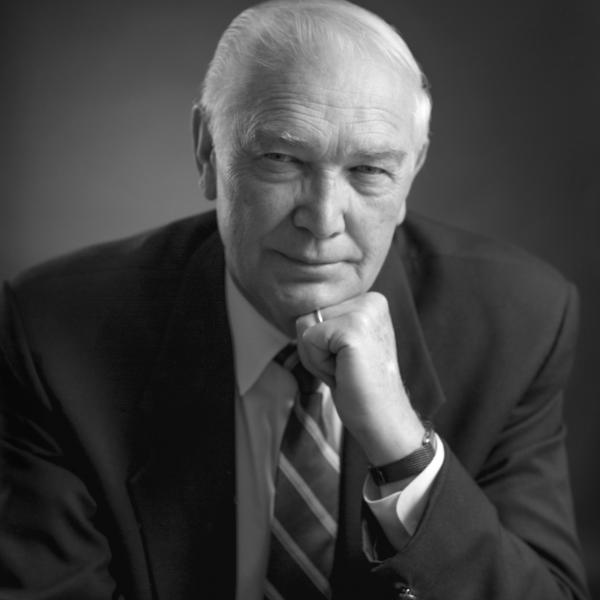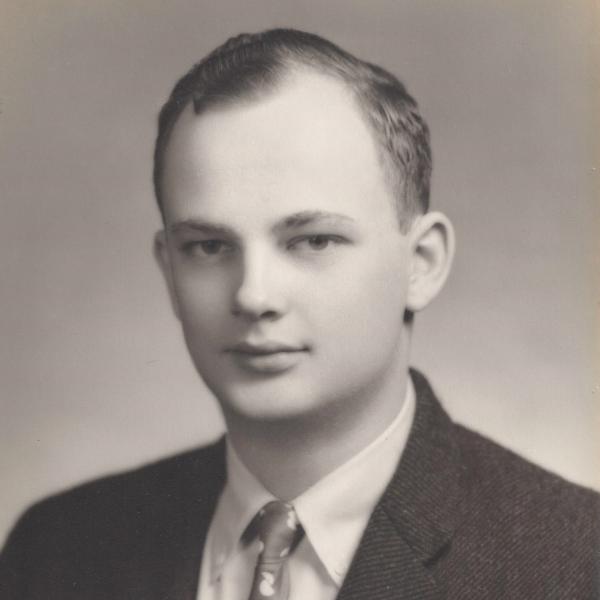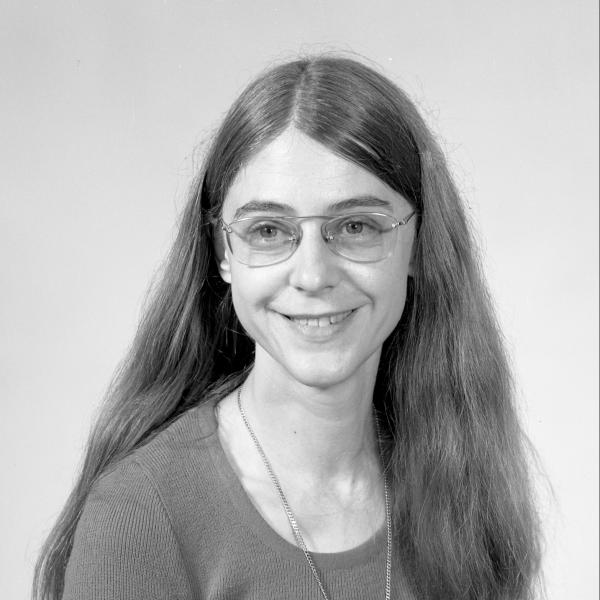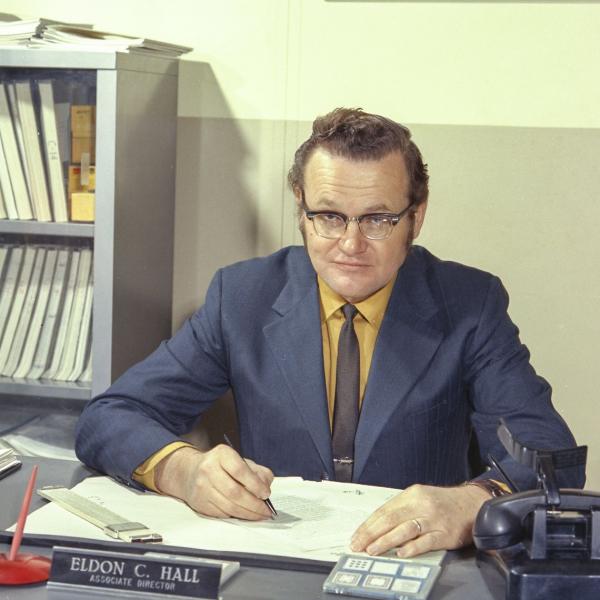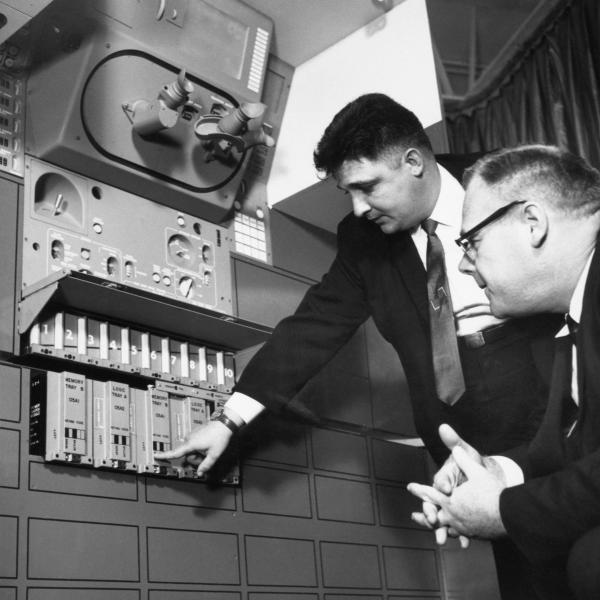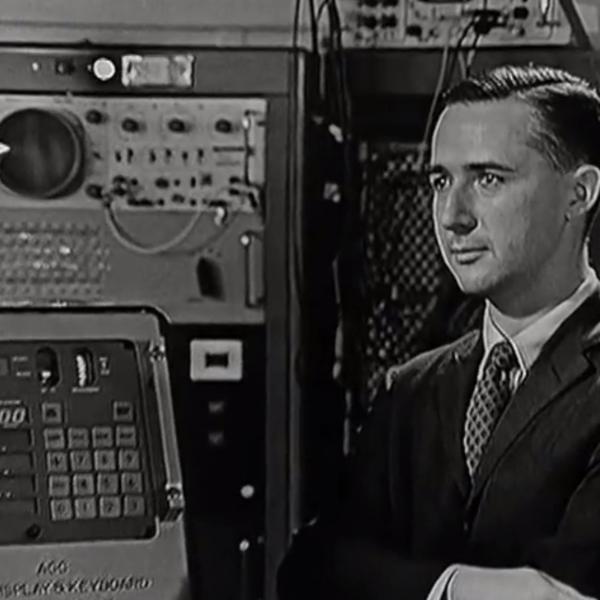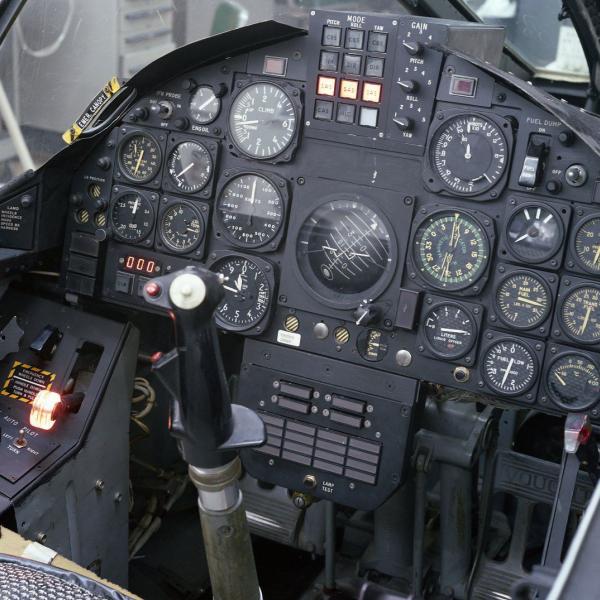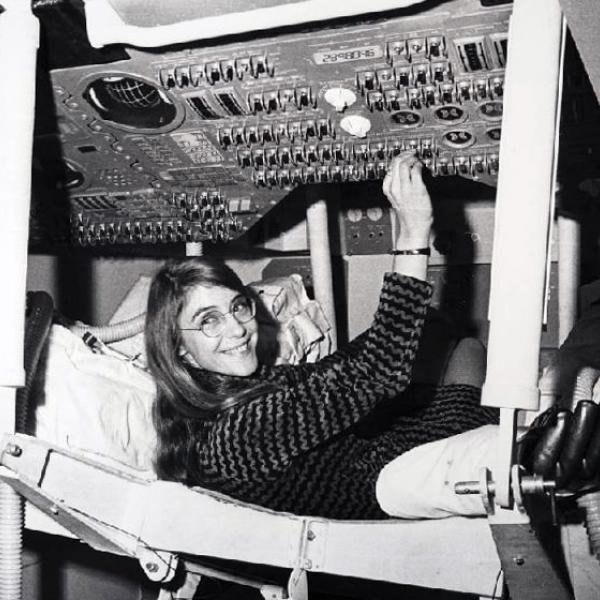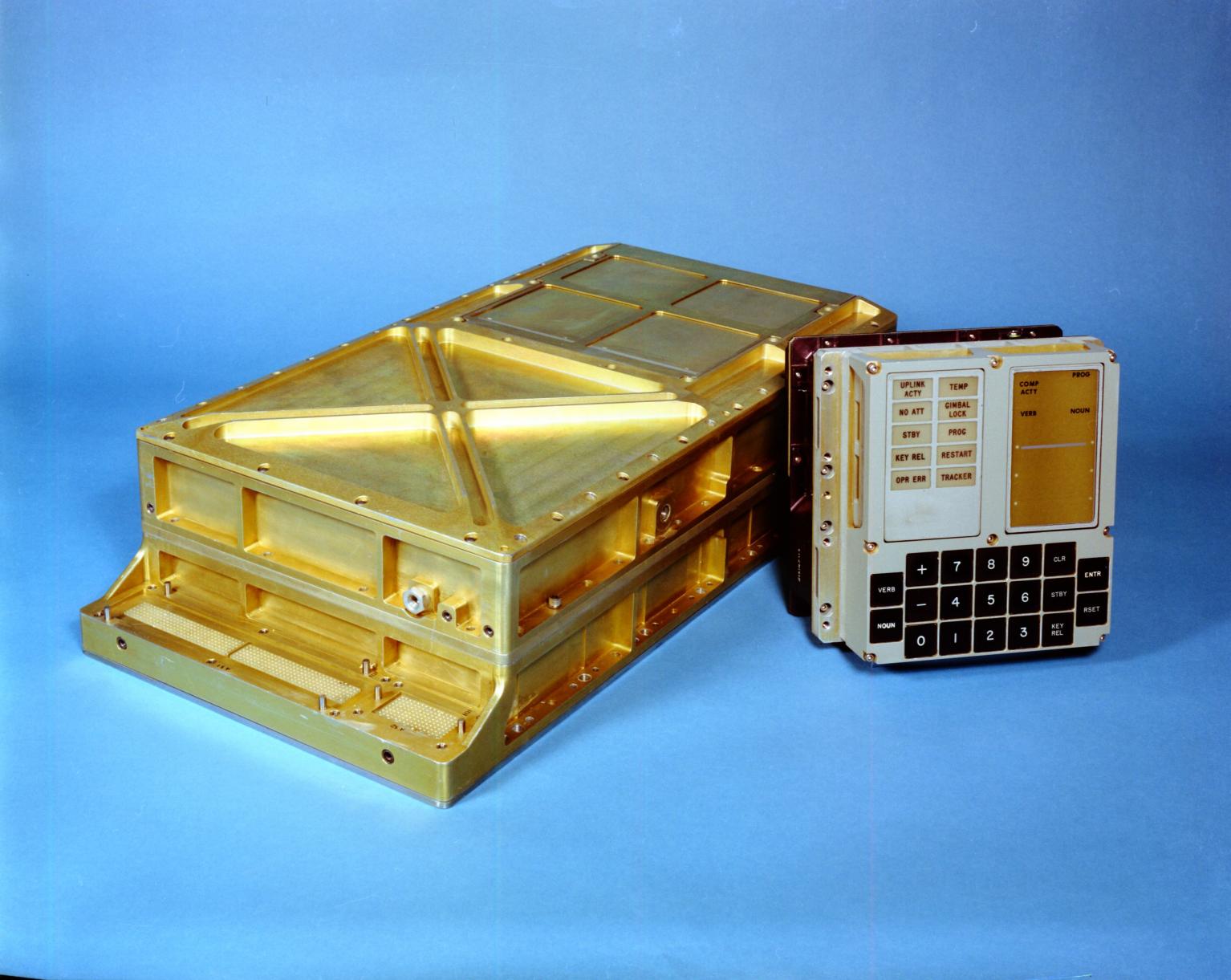
The Amazing DSKY: Leapfrog in Computer Science
How did a prototype keyboard earn its wings?
Sending a man to the moon was no easy task. There were over 400,000 space engineers, programmers, and designers across the country that worked on all aspects of the Apollo missions, from the rockets to the orbital calculations to the space suits. NASA and the engineers at the MIT Instrumentation Lab were tasked with creating a guidance computer that would help guide the spacecraft to the moon and back. They decided to go with a completely digital system—something that had never been done before. The Apollo Guidance Computer (AGC) became the central computer for the Apollo missions. But astronauts still needed an interface, something sturdy enough to withstand the rigors of space travel and simple enough for the astronauts to understand.
This was the birth of the DSKY, a leap forward in computer science. Standing for display/keyboard and pronounced “diskey,” the world’s first computer keyboard was developed by Ramon Alonso and his team. The DSKY “was simply a keyboard you find on any computer.” It had a digital display with big buttons and communicated with the AGC via a verb-noun interface. Software engineer Alan Green and his team developed the program that would support the astronauts communications with the computer. Astronauts would punch in the numbers for the action they wanted to take and the program they wanted to affect. This interaction “took the form of a grammatical conversation,” easy enough to use for people in the 60s who had never seen a computer before.
Though it eventually became the interface for the Apollo missions, the DSKY was just a prototype. Alonso and his team never expected it to stick. “And a funny thing began to happen,” Alonso said in an interview, “as we demonstrated ‘Fire Rocket,’ or ‘Display Time,’ or ‘Align Platform,’ some of the big shots would ask, ‘this Verb and Noun, is it going to stay, and fly to the moon?’” Some remarked that it wasn’t scientific or mathematical enough. Despite the odds stacked against it, the DSKY proved to be a reliable tool and contributed to every manned mission to the moon. From humble, linguistic origins to a memorial in the stars, the DSKY is responsible for the success of the Apollo missions.
